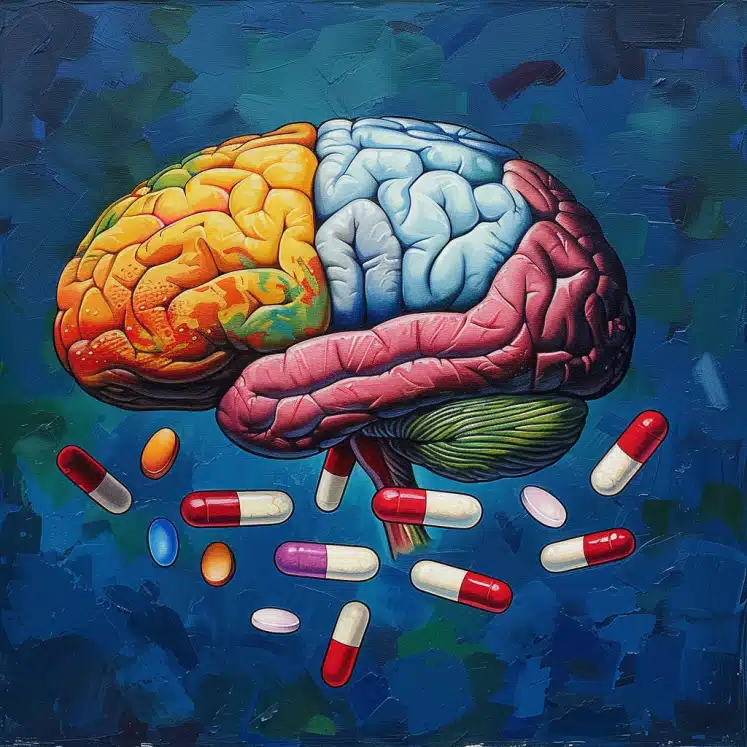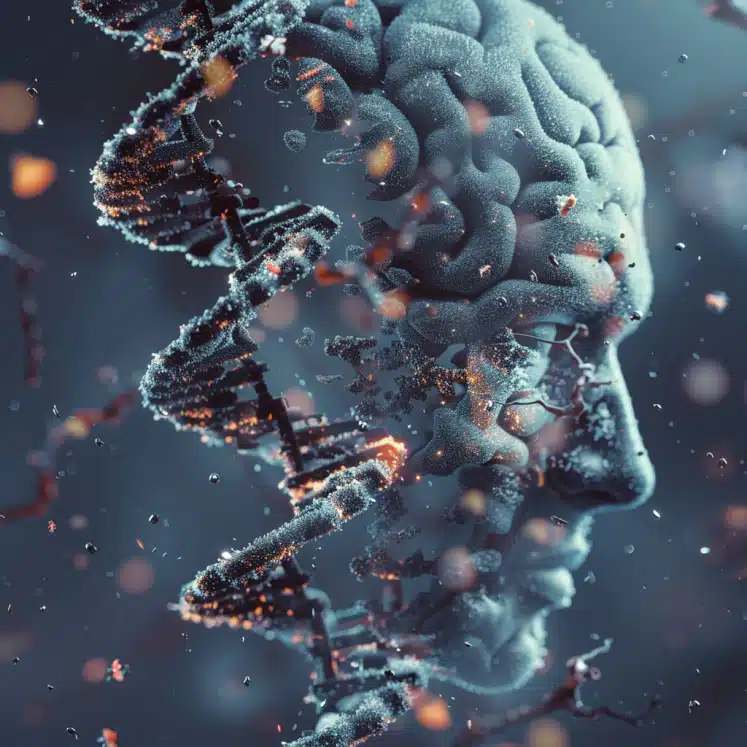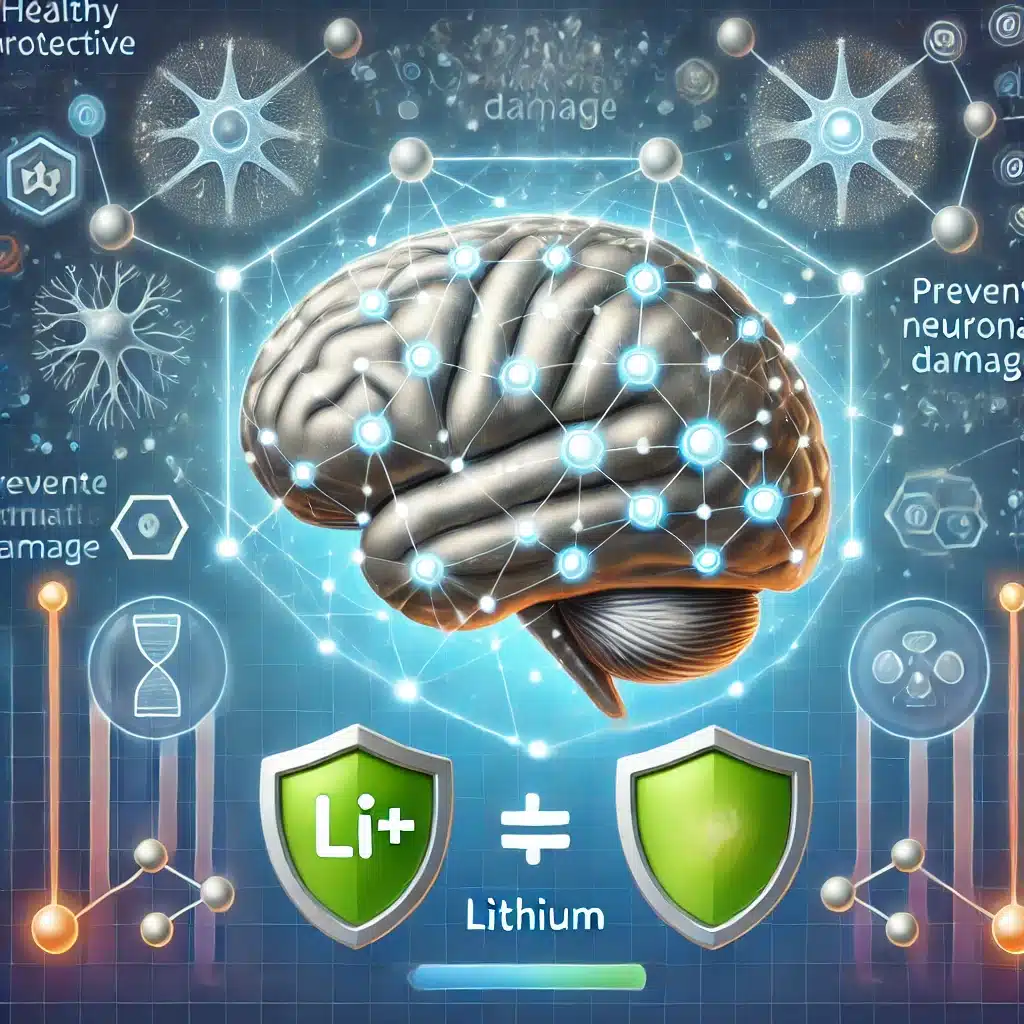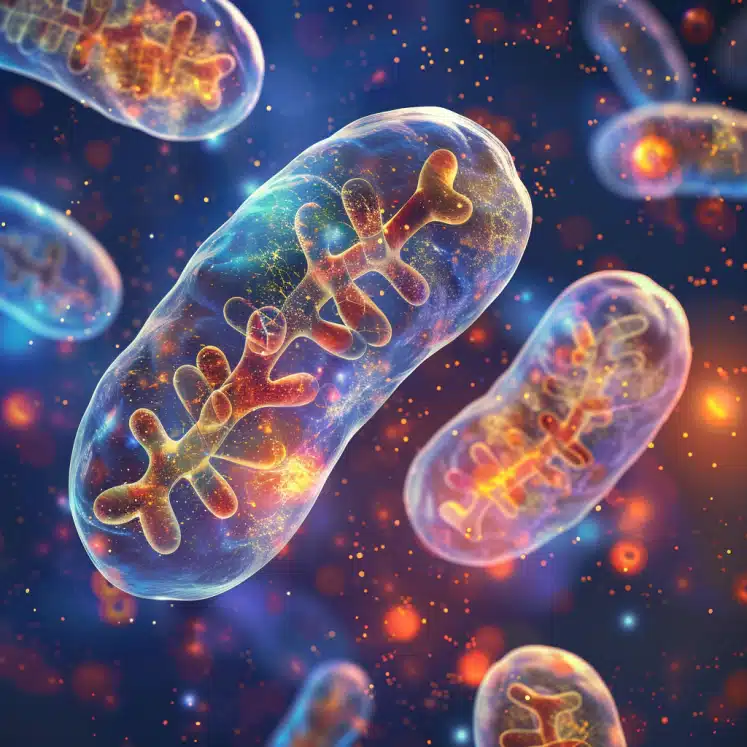Cocaine Addiction Linked to Brain Shrinkage & Grey Matter Deficits (2024 Study)
Cocaine Use Disorder (CUD) patients exhibit widespread gray matter atrophy, with specific brain volume deficits associated with crack-cocaine use and relapse outcomes. Highlights: Widespread Gray Matter Atrophy: CUD patients show significant gray matter volume reductions in frontal and temporal cortices, cerebellum, and subcortical structures compared to healthy controls. Route of Use: Crack-cocaine use is linked …










